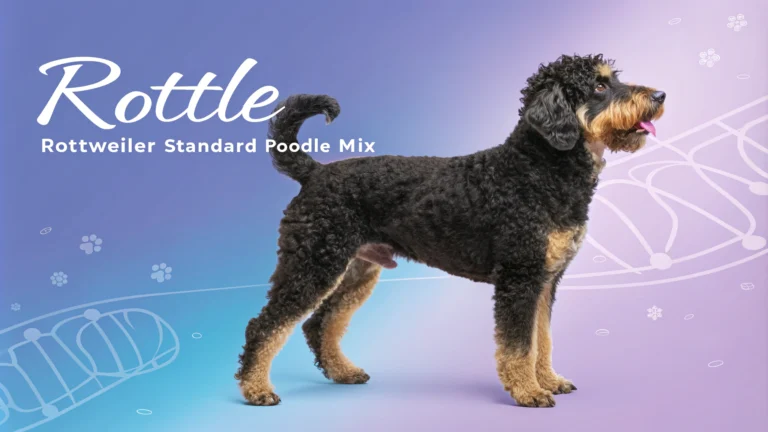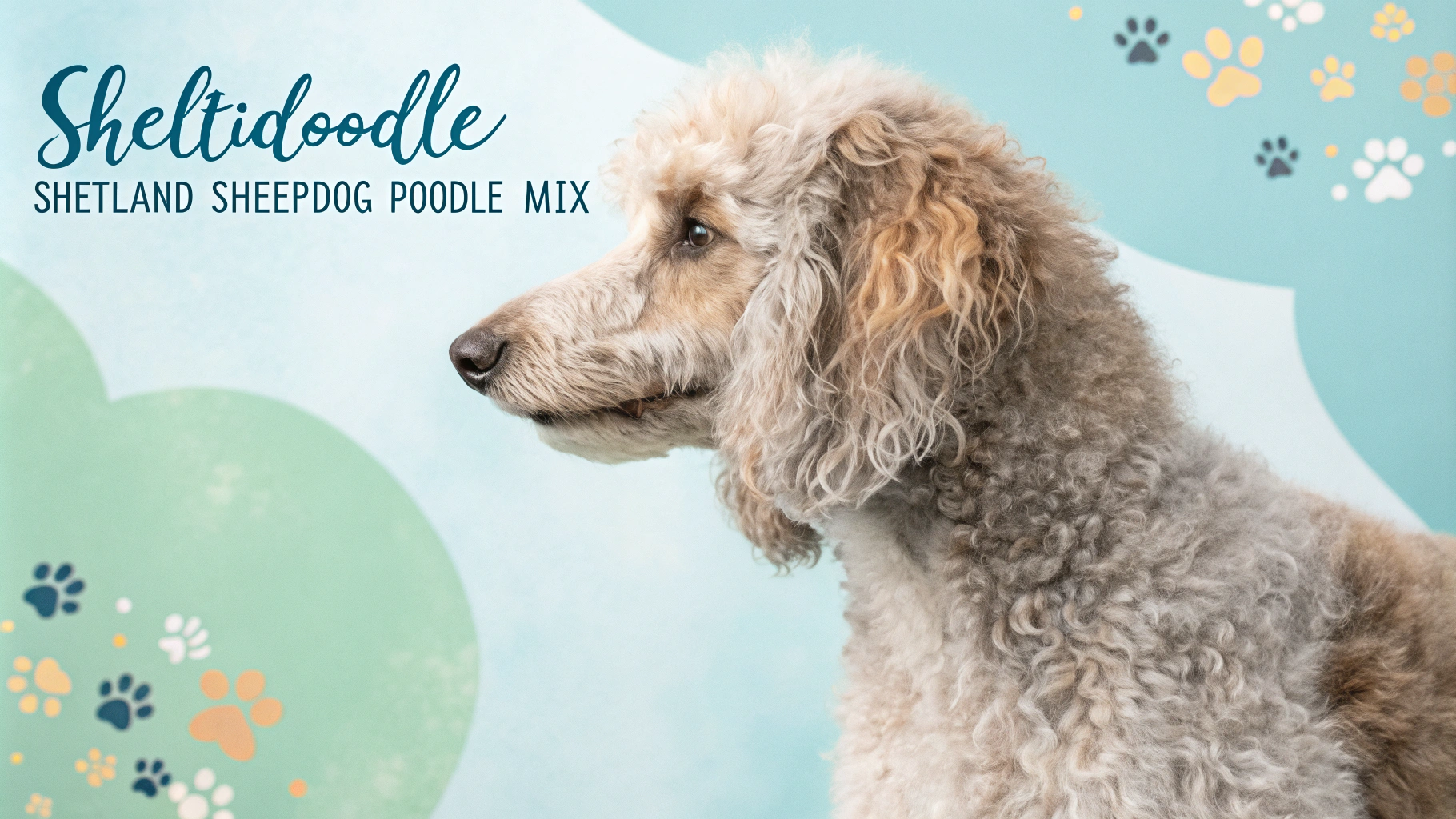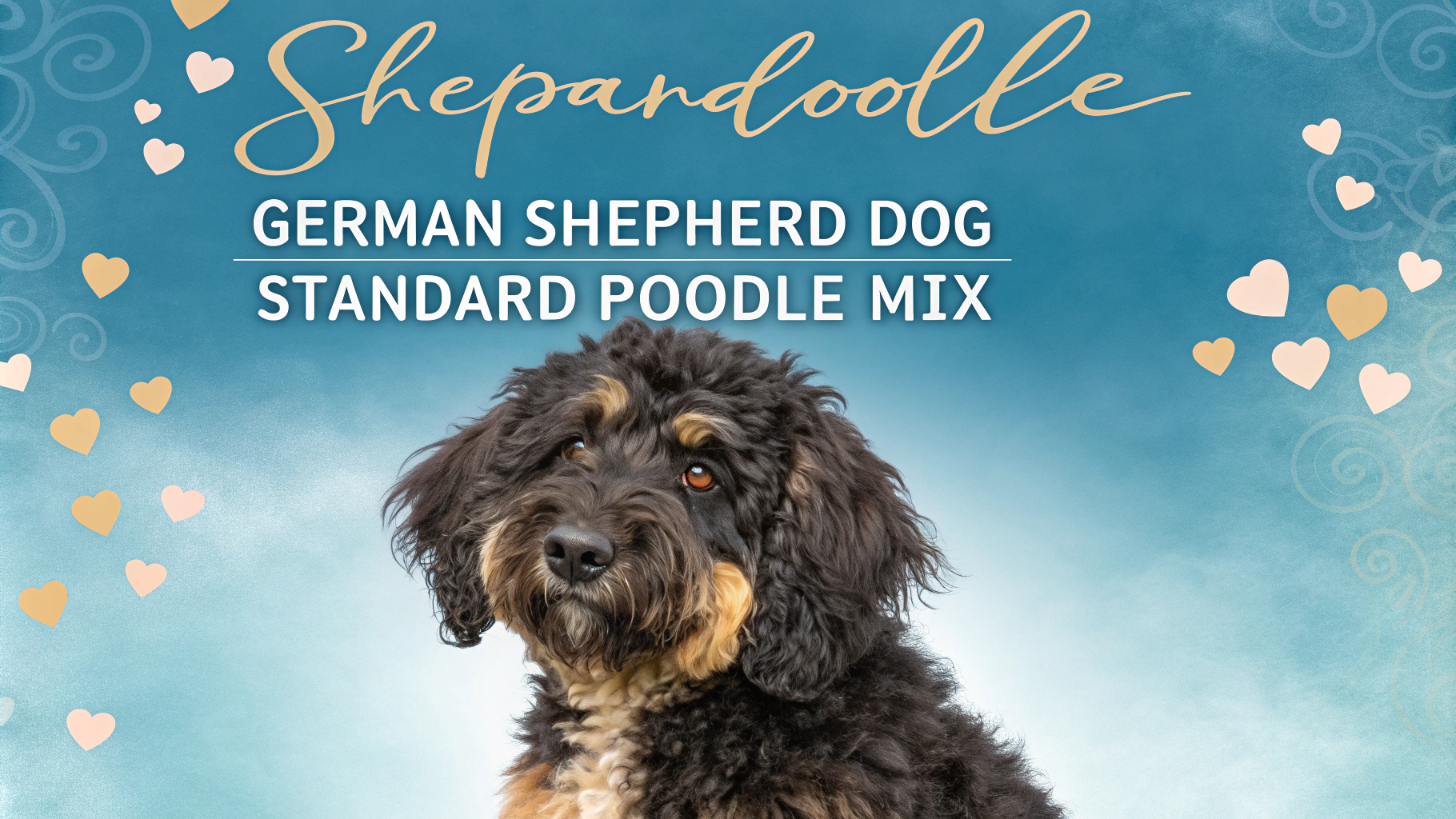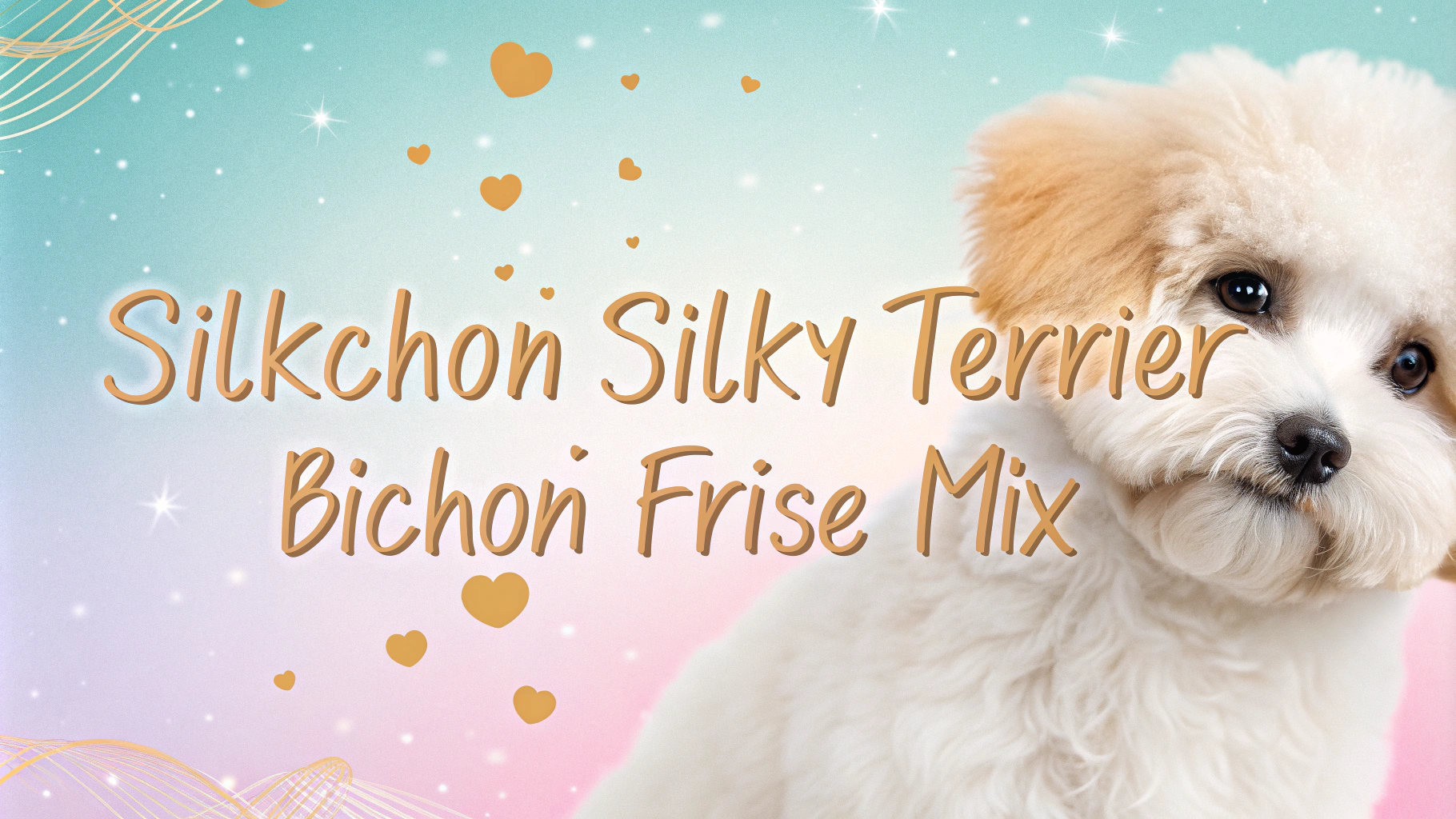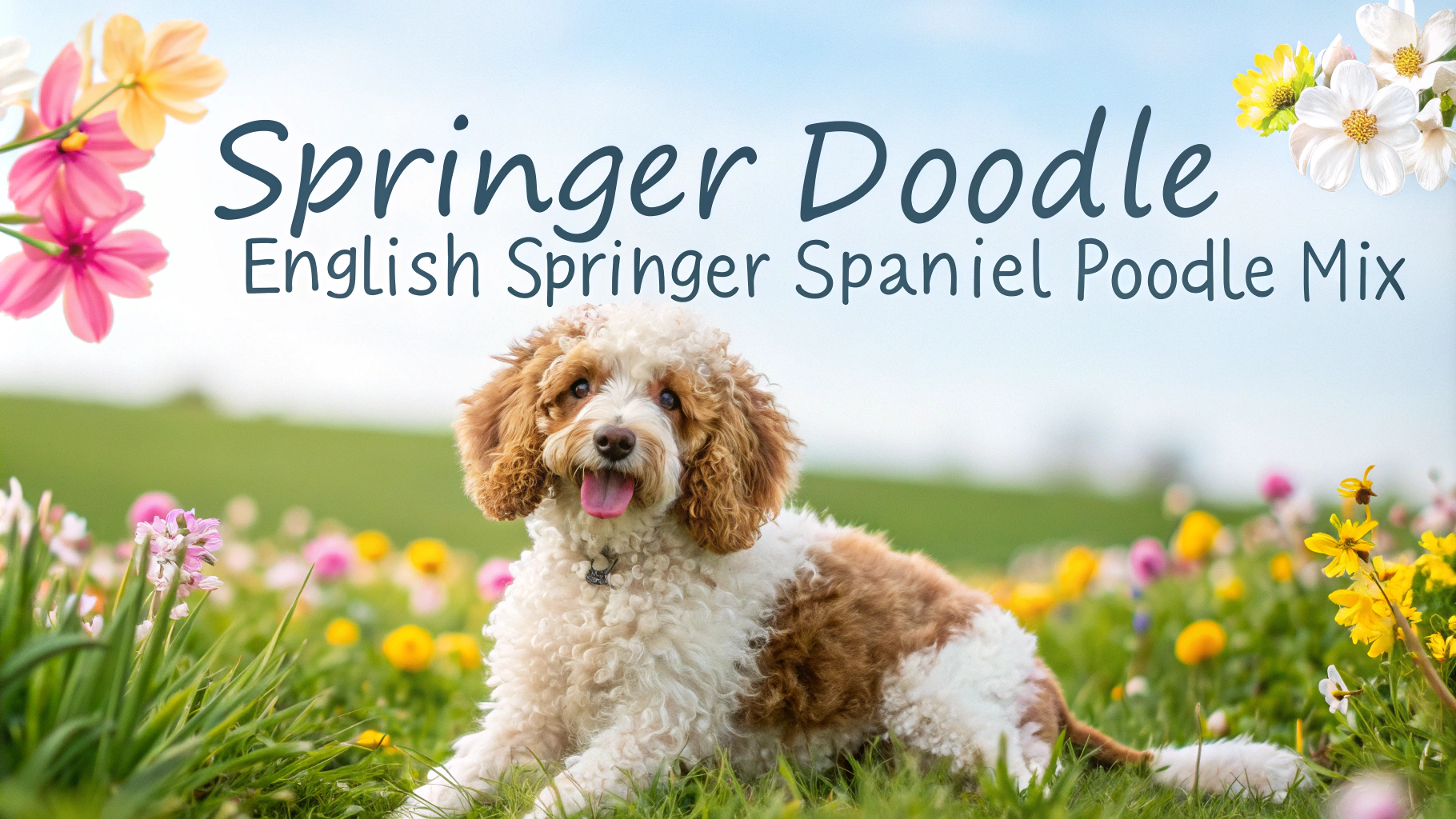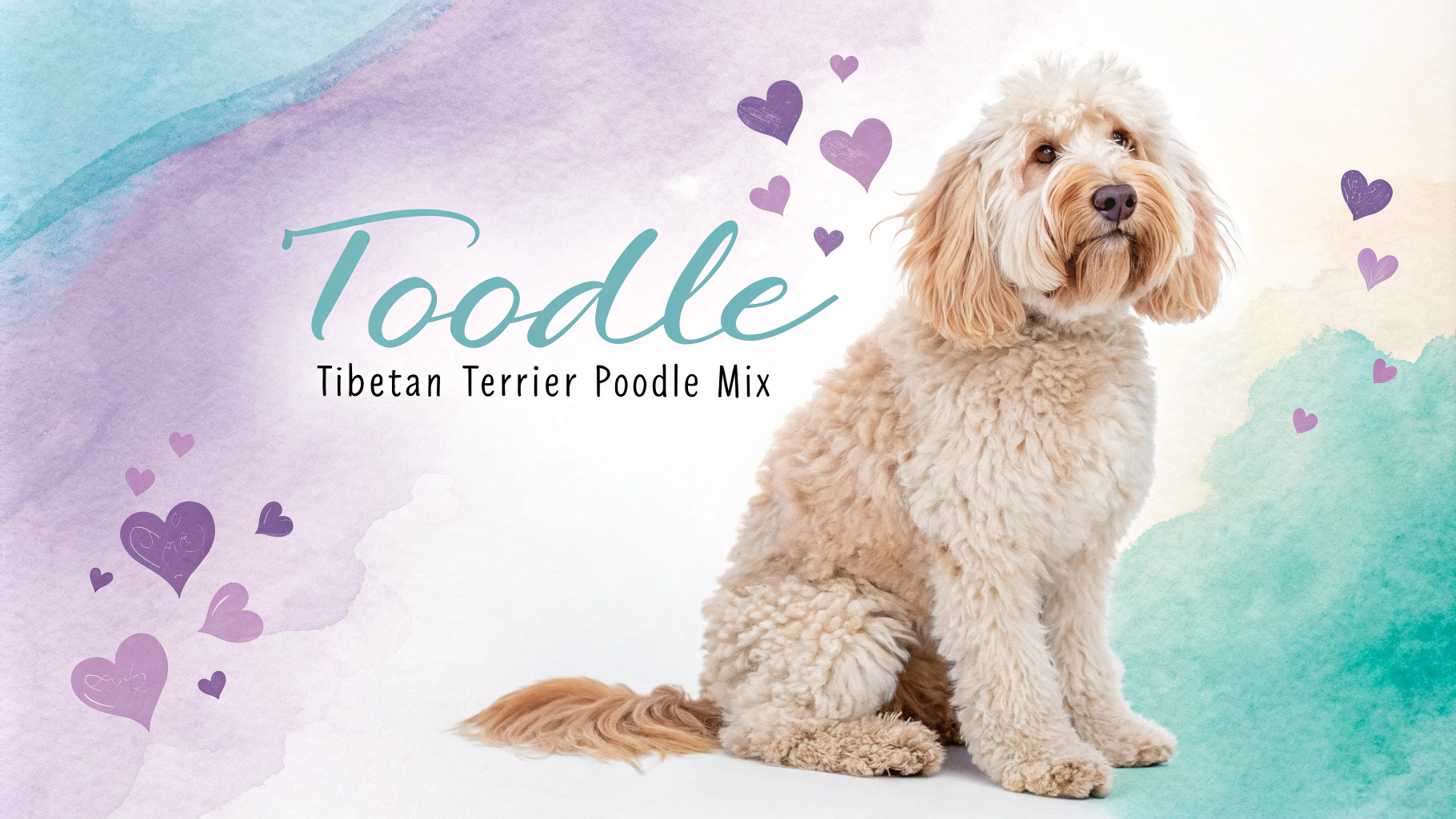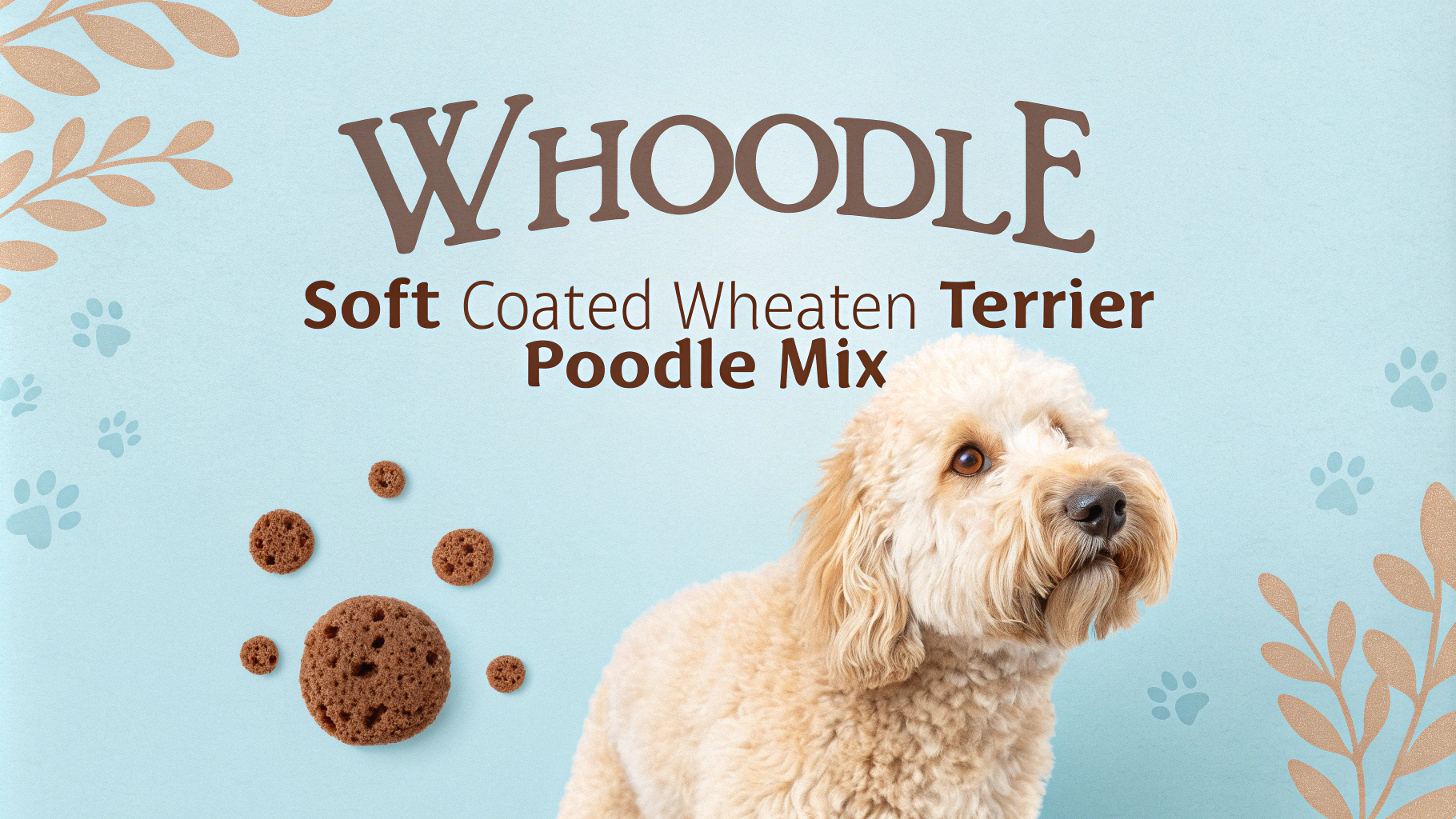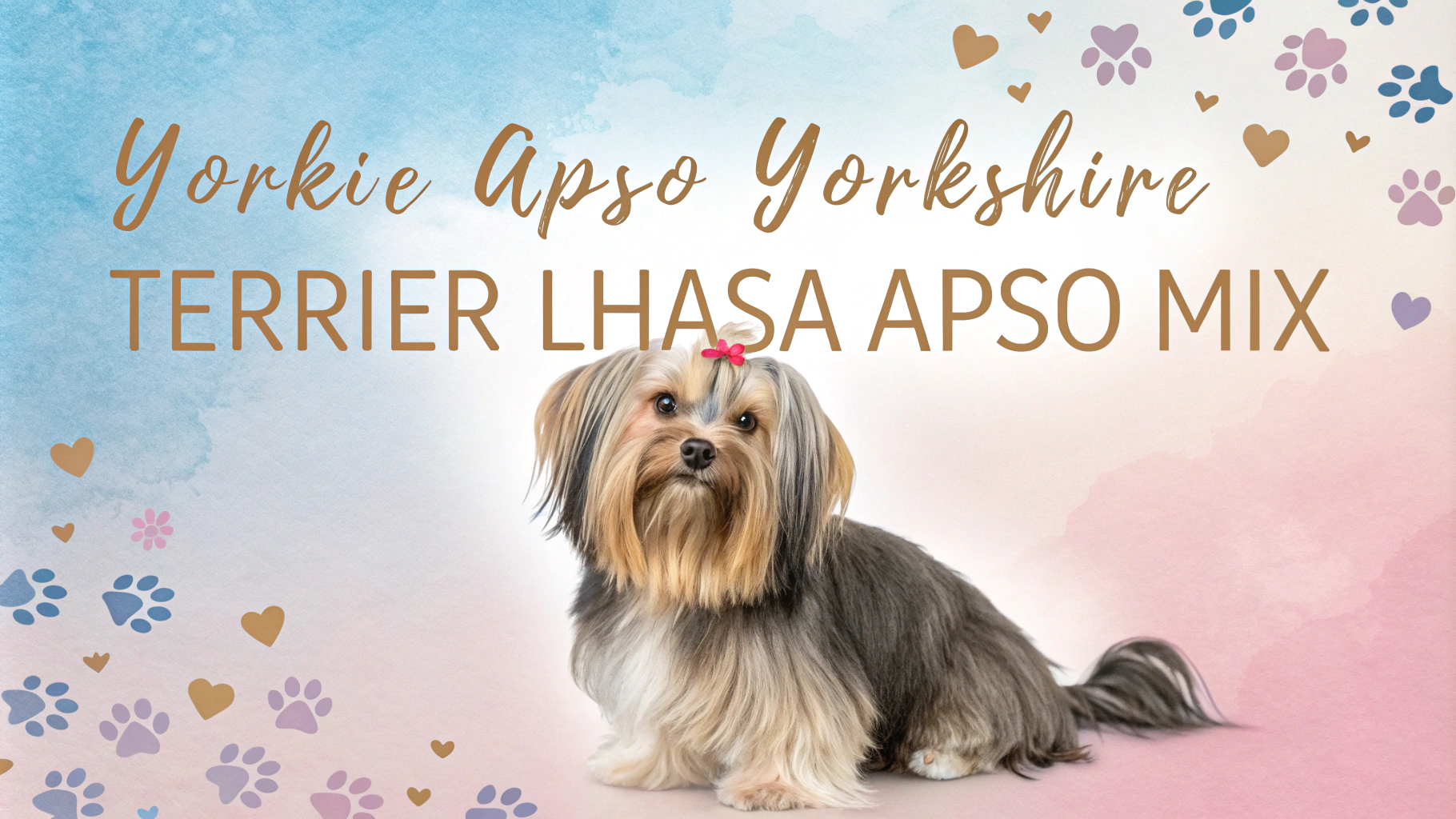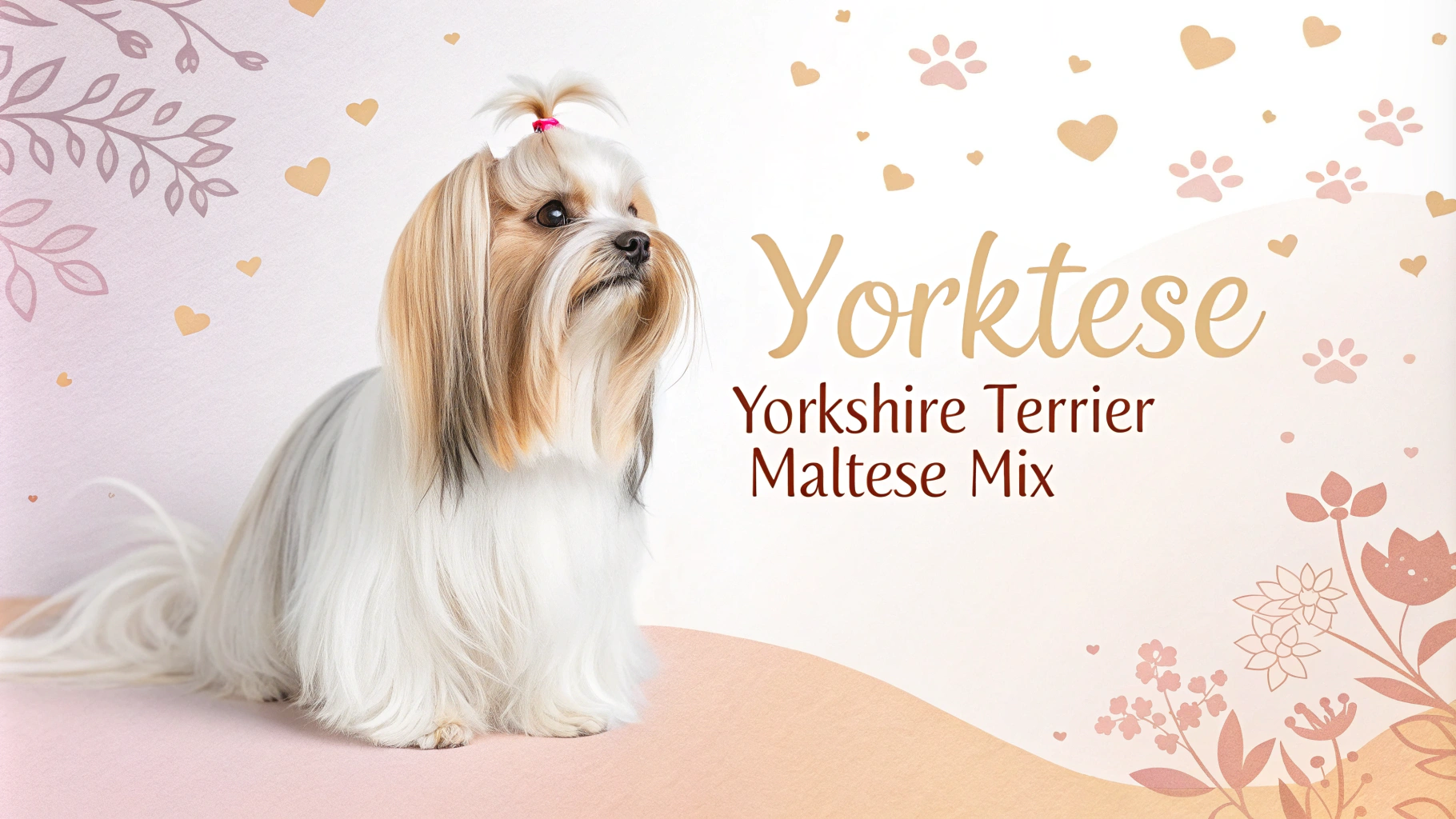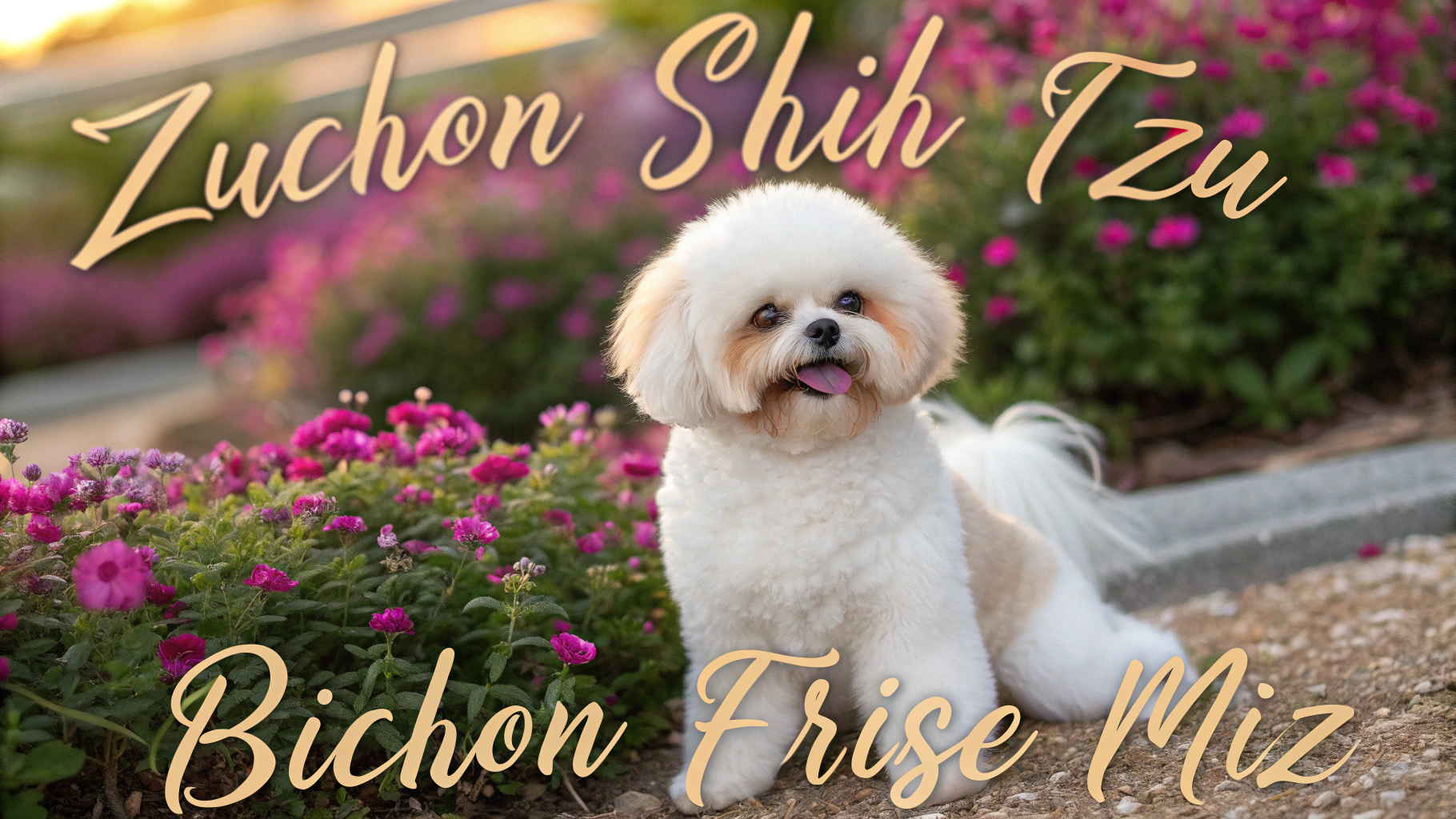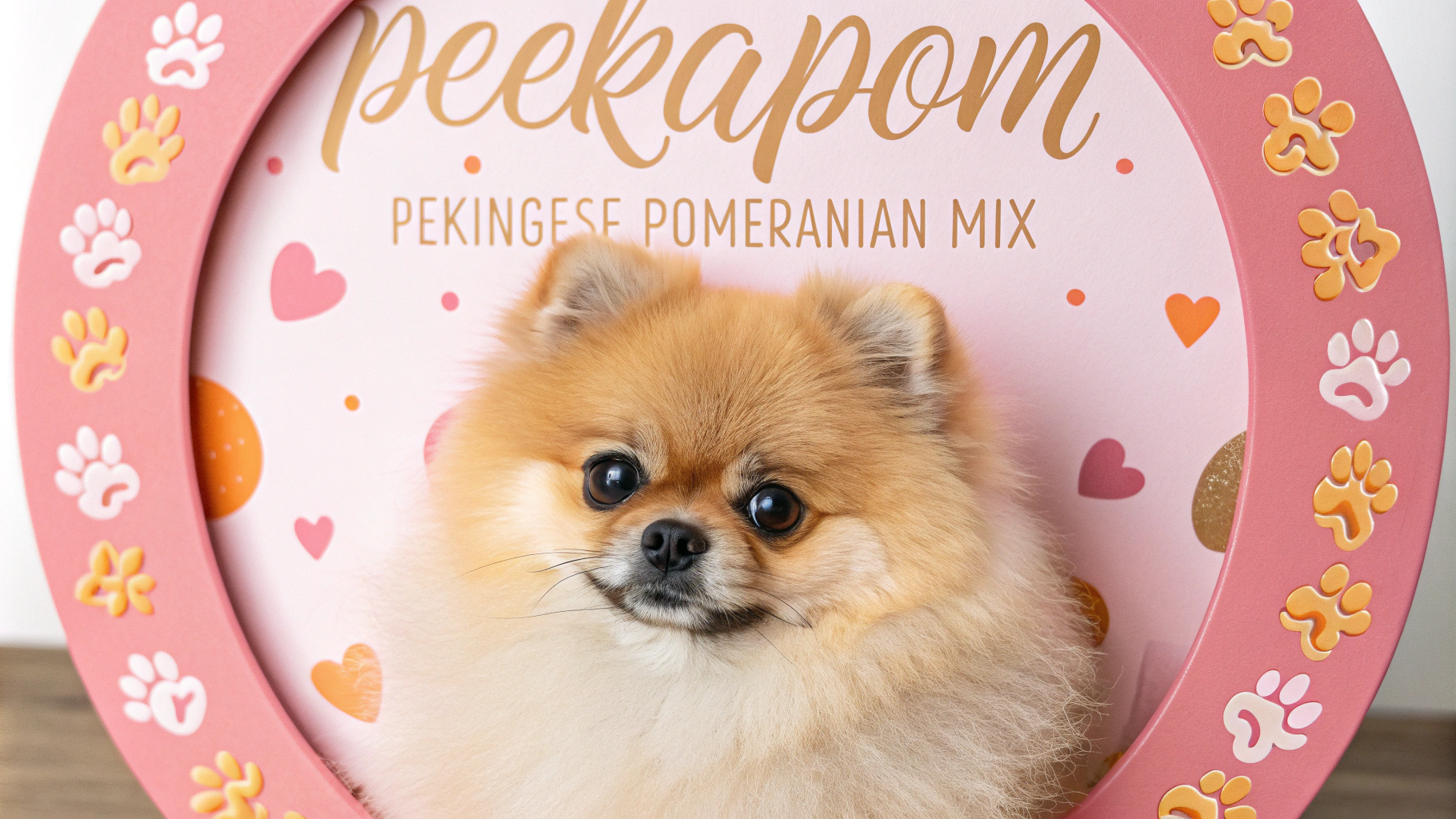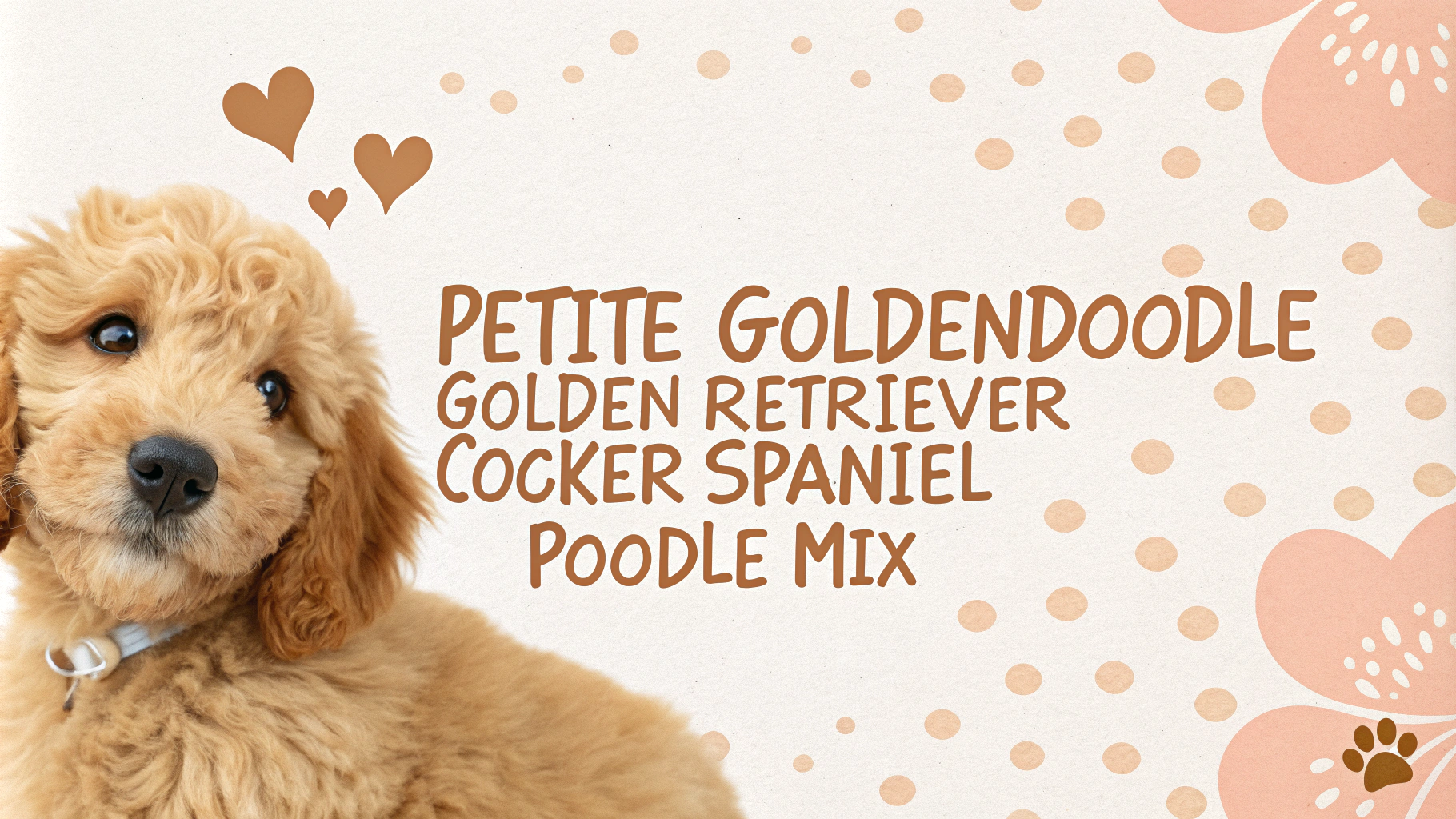The Rottle, also known as a Rottie-Poo or Rottweiler Poodle mix, is a hybrid dog breed resulting from crossing a Rottweiler with a Standard Poodle. This unique combination aims to blend the protective nature and strength of the Rottweiler with the intelligence and hypoallergenic coat of the Poodle. Rottles are gaining popularity as family pets due to their loyal and affectionate nature, combined with their potential for reduced shedding compared to purebred Rottweilers.
Key Facts
- Size: Large, typically weighing 50-90 pounds (22-41 kg)
- Height: 20-27 inches (51-69 cm) at the shoulder
- Coat: Can vary from wavy to curly, often with reduced shedding
- Lifespan: 9-15 years
- Colors: Black, brown, gray, or a combination with white markings
- Temperament: Intelligent, loyal, protective, and potentially good with children
- Exercise needs: Moderate to high
- Trainability: Generally high due to intelligence from both parent breeds
Character Traits
Rottles inherit a blend of characteristics from their Rottweiler and Poodle parents, resulting in a unique personality. They are typically intelligent, loyal, and affectionate dogs with a strong protective instinct. Like Rottweilers, they can be excellent guard dogs, while the Poodle influence often adds a playful and sociable aspect to their temperament. Rottles are generally good with children and can be patient and gentle, but early socialization is crucial to ensure they develop into well-rounded adults.
These dogs are known for their eagerness to please and their strong bond with their family members. They can be somewhat aloof with strangers, a trait inherited from the Rottweiler side, but proper socialization can help them become more accepting of new people. The Poodle’s intelligence often shines through in the Rottle, making them quick learners and potentially easier to train than some other large breed mixes.
Rottles may exhibit a range of energy levels, from moderate to high, depending on which parent they take after more. They typically enjoy both physical activities and mental stimulation, benefiting from regular exercise and interactive play. While they can be adaptable to various living situations, they thrive best in homes where they receive plenty of attention and engagement from their owners.
History & Origins
The Rottle is a relatively new designer dog breed, likely originating within the last few decades as part of the growing trend of creating mixed breeds. While the exact origins of the Rottle are not well-documented, it’s believed that they were first intentionally bred in the United States. The goal was likely to combine the desirable traits of both the Rottweiler and the Standard Poodle.
To understand the Rottle, it’s important to consider the history of its parent breeds. Rottweilers have a long history dating back to the Roman Empire, where they were used as herding and guard dogs. They later became popular as police and military dogs due to their strength and protective nature. Poodles, contrary to their elegant appearance, were originally bred as water retrievers in Germany. Their intelligence and hypoallergenic coat have made them popular both as working dogs and companions.
The creation of the Rottle aimed to combine the Rottweiler’s loyalty and protective instincts with the Poodle’s intelligence and potentially reduced shedding coat. While not recognized by major kennel clubs as a standardized breed, Rottles have gained popularity among dog enthusiasts looking for a unique, large breed companion with potentially fewer allergy issues than a purebred Rottweiler.
Health Concerns
The Rottle, like many mixed breeds, can inherit health issues from both parent breeds. Common concerns include:
- Hip and elbow dysplasia: Inherited from the Rottweiler side
- Bloat (Gastric Dilatation-Volvulus): A serious condition affecting deep-chested dogs
- Eye problems: Including Progressive Retinal Atrophy (PRA) and cataracts
- Addison’s disease: An endocrine disorder more common in Poodles
- Skin allergies and sensitivities: Can be inherited from either parent breed
Regular veterinary check-ups, a balanced diet, and proper exercise can help mitigate some of these risks. It’s important to obtain health clearances for both parent breeds when acquiring a Rottle puppy.
Exercise Needs
Rottles are energetic dogs that require significant daily exercise to maintain their physical and mental well-being. They typically need:
- 60-90 minutes of exercise daily: This can include walks, runs, or play sessions
- Mental stimulation: Puzzle toys, training sessions, and interactive games
- Swimming: Many Rottles enjoy water activities due to their Poodle heritage
Without adequate exercise, Rottles may develop destructive behaviors or become overweight. Regular exercise also helps strengthen the bond between the dog and its owner.
Space Requirements
Rottles are medium to large-sized dogs that adapt well to various living situations, provided they receive sufficient exercise. Consider the following:
- House with a yard: Ideal, allowing for outdoor play and exploration
- Apartment living: Possible with ample exercise and mental stimulation
- Indoor space: Enough room to move comfortably and have a designated resting area
While Rottles can adapt to smaller spaces, they thrive in environments where they have room to stretch their legs and engage in physical activities.
Nutrition & Feeding
A balanced diet is crucial for maintaining the health and vitality of a Rottle. Consider these nutritional guidelines:
- High-quality dog food: Choose a brand formulated for large, active breeds
- Portion control: Monitor food intake to prevent obesity, which can exacerbate joint issues
- Feeding schedule: Two meals a day for adult Rottles, more frequent smaller meals for puppies
- Supplements: Consult with a veterinarian about potential benefits of joint supplements
Always provide fresh water and adjust food portions based on the dog’s age, weight, and activity level. Avoid table scraps and human food, as some can be harmful to dogs.
Grooming Tips
The Rottle’s grooming needs can vary depending on which parent breed they take after more. Generally, they require regular brushing, ideally 2-3 times a week, to prevent matting and reduce shedding. Their coat may be dense and curly like a Poodle’s or shorter and straighter like a Rottweiler’s. Professional grooming every 6-8 weeks is recommended to maintain coat health and appearance.
Pay special attention to:
- Ears: Clean regularly to prevent infections
- Teeth: Brush 2-3 times a week to maintain oral health
- Nails: Trim monthly or as needed
Bathe your Rottle as needed, typically every 4-6 weeks, using a dog-specific shampoo. If they inherit the Poodle’s hypoallergenic coat, they may require more frequent grooming to prevent matting. Always check for skin issues or abnormalities during grooming sessions.
Training Approach
Rottles are intelligent dogs that respond well to positive reinforcement training methods. They inherit the Rottweiler’s eagerness to please and the Poodle’s high intelligence, making them generally easy to train. However, they can also be stubborn at times, requiring patience and consistency from their owners.
Key training tips include:
- Early socialization: Expose them to various people, animals, and environments from a young age
- Consistent training: Establish clear rules and boundaries
- Mental stimulation: Provide puzzle toys and training exercises to keep their minds engaged
- Positive reinforcement: Use treats, praise, and toys as rewards for good behavior
Rottles may inherit the Rottweiler’s guarding instincts, so proper training is crucial to ensure they’re well-behaved and social. Obedience training should start early and continue throughout their life. Consider enrolling in puppy classes or working with a professional trainer if you’re a first-time dog owner or encounter any challenging behaviors.
